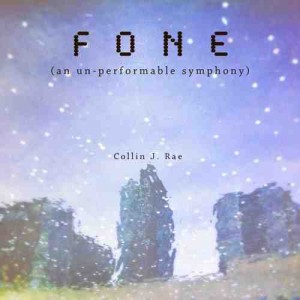We’ve all been there…

Two hours in a suit or gown, the stage lights radiating down with the heat of a thousand suns as you tear through a Presto movement. The lateral blast of the air conditioning creates a frigid ring at your collar, the wet blooming outward with every passing measure. Ticklish beads of sweat scurry down from the under-arm toward the culvert at the belt line.
As you stand for the final bow, you consider the options for greeting friends and fans in the lobby. The old elbows-planted-at-the-waist hug? A quick change of shirt? Did you bring an extra shirt?
This inevitable performer’s scenario has taken me through pretty much every deodorant and antiperspirant available to humanity. From the voodoo pastes (looking at you, Lush) to the Nordic crystals to the chemical slurry at the pharmacy. I’ve tried them all…even that pore solder that is sold to brides-to-be that comes with all the terrifying warnings of death, despair and disease on the back.
The thing is, you can stuff your skin full of aluminum and sweat a little less, but I don’t need a double-blind, peer-reviewed study to infer that this approach may cause my armpits to go all RoboCop.
The good news is I’ve found a product that doesn’t lance your pores with metal chips, smells fantastic and minimizes packaging waste. I give you: Life Stinks Deodorant

The little glass tube you see is the oil, which goes on first, is light and won’t stain your clothes, I promise. You rub a tiny amount on your fingertips and apply. Then comes the powder, which you can buy in a small plastic dispenser (I use it for travel), or the larger metal container with the screen on top. The benefit of the latter is that it is refillable, cutting WAY down on waste. Just fill the dispenser from the bag, shake a bit on your palm and pat under your arms. It takes exactly one go-around with this process to get used to the old-fashioned powder method and forget all about roll-ons.
So now the benefits:
- This stuff smells fantastic. I love the cedar version, but the lavender is great too.
- I stay drier longer.
- Even though I will eventually sweat, especially under those stage lights, I never get to that funky odor place because of the combo of the oil and powder.
- My shirts are lasting longer because there isn’t a white paste build-up from antiperspirant.
- I can give you a real hug, elbows unencumbered, after the show.
- It’s a natural product, and won’t plug your pores with aluminum.
This is an awfully long post about deodorant, but it took me decades to find my holy grail unicorn of underarm delights. I hope it helps you, fellow performer, and that all your future shows are funky for the right reasons.










